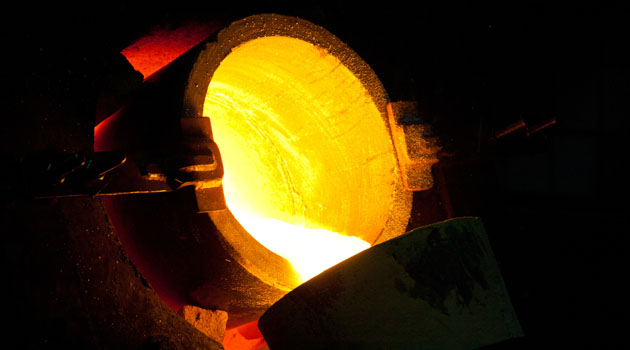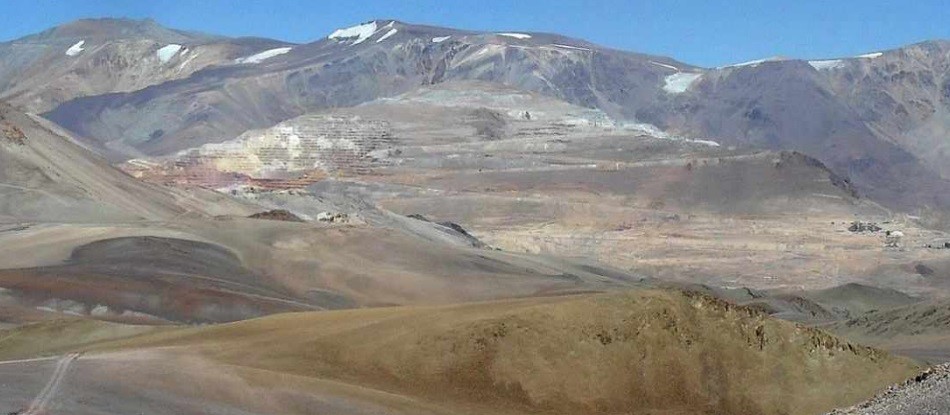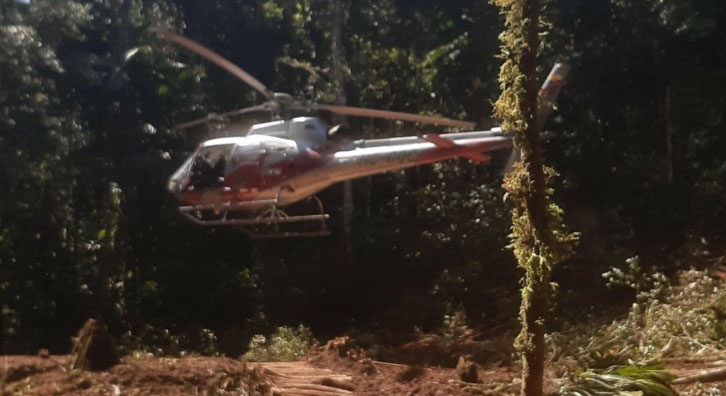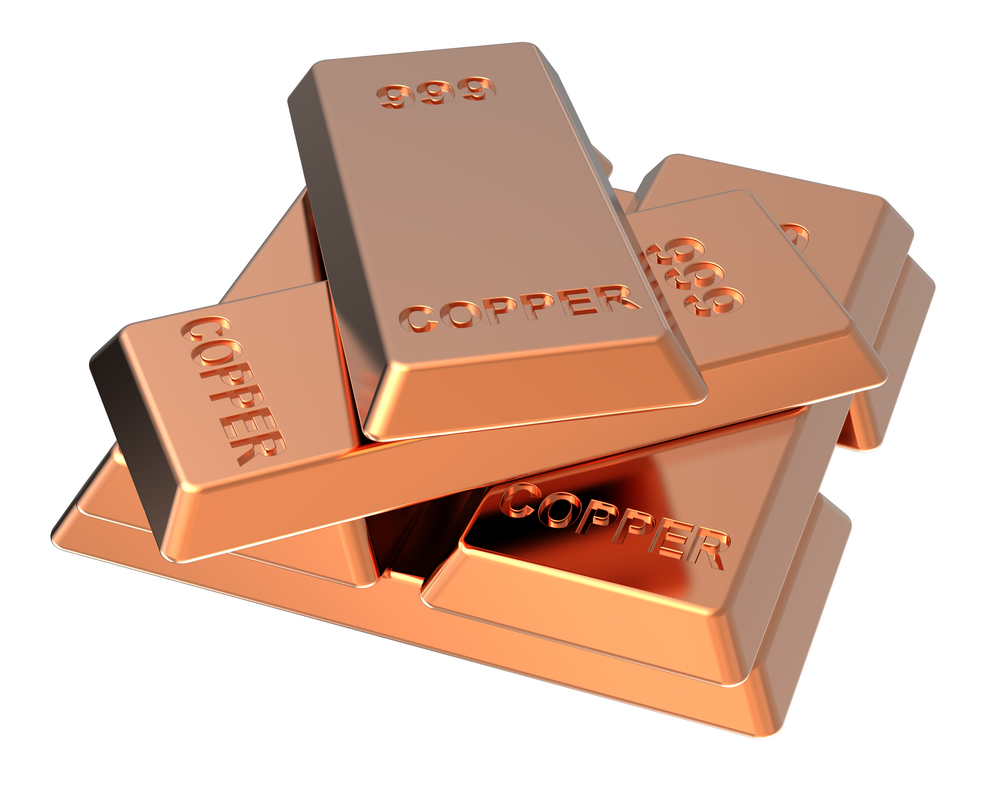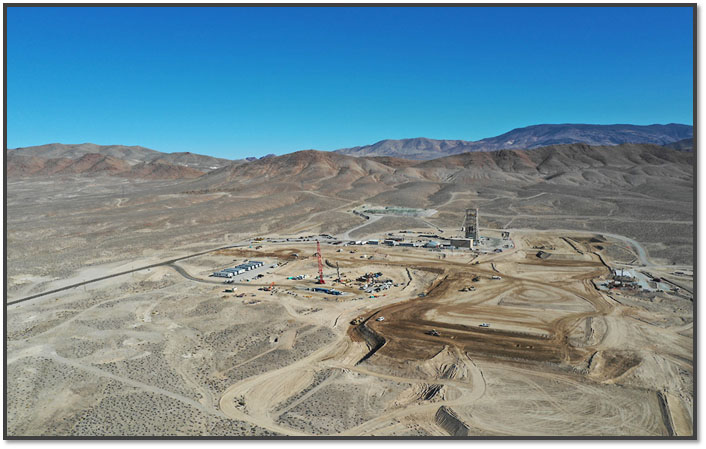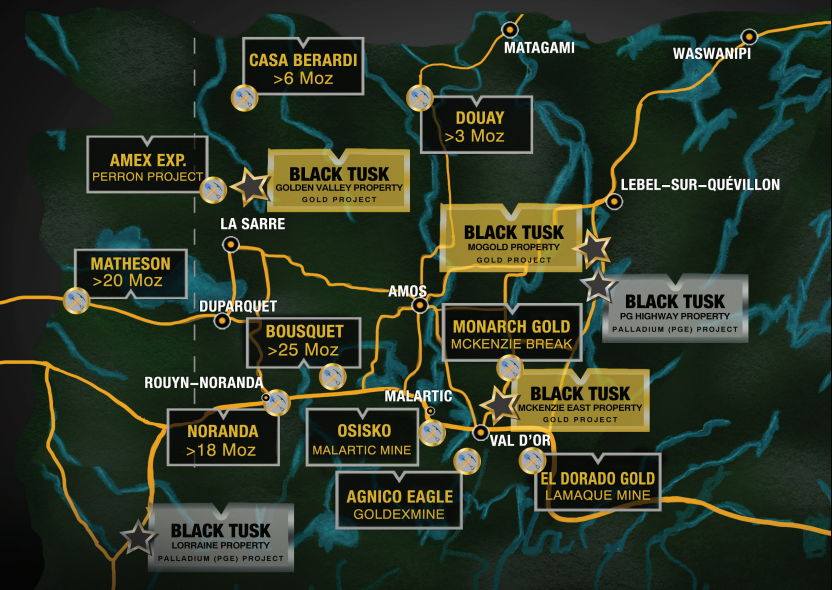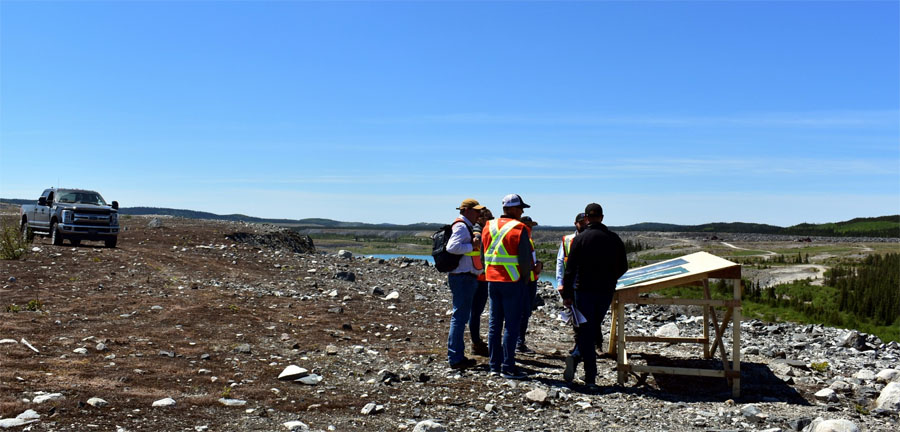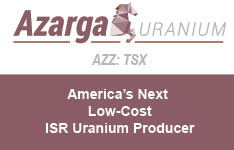U.S. on Track to be Second-Largest REE Producer
Source: Resource Investor, Brett Hartke (12/28/10)
"China continues to constrict exports, but things are about to change."
Rare earth elements (REEs) consumers have grown increasingly concerned about supply as China continues to constrict exports, redirecting them toward internal consumption.
Things are about to change. The U.S. is on track to be the largest non-Chinese producer of REEs within two years. By 2012, U.S. output may account for 12% of global supply of REEs. By 2015, both Australia and Canada may also be contributing significant supply.
U.S.-based Molycorp is on the verge of mounting full-scale mining operations at its California Mountain Pass project. Within a year, the project—a revamped existing mine that's been dormant for years—is forecast to produce ~20,000 tons per year (tpy) of rare earth oxides—more than twice the level of all current non-Chinese production combined (which currently accounts for just 3%–4% of global supply).
In Australia, Lynas Corp.'s Mt. Weld project is also expected to start in 2011 and build up to planned output of ~11,000 tpy by 2012.
In two years, Mountain Pass and Mt. Weld could approach 25% of China's current REE output or an estimated 21% of expanded Chinese output.
Canada could enter the ranks of REE producers by 2015, when Avalon Rare Metals (TSX:AVL; OTCQX:AVARF) may have its Nechalacho project (formerly known as Thor Lake) in production.
But Western producers have a long way to go to match Chinese output. China's 2009 REE production is estimated at 120,000 tons (120 Kt.), of which about half is a coproduct of iron mining at a single operation in Inner Mongolia. By 2012, Chinese REE output is expected to increase more than 20% to about 145 Kt. And by 2014, Chinese output is forecast to grow another 14% to 165 Kt., while the rest of the world will produce upward of 38 Kt.—a fourfold increase from 2009 levels.
Things are about to change. The U.S. is on track to be the largest non-Chinese producer of REEs within two years. By 2012, U.S. output may account for 12% of global supply of REEs. By 2015, both Australia and Canada may also be contributing significant supply.
U.S.-based Molycorp is on the verge of mounting full-scale mining operations at its California Mountain Pass project. Within a year, the project—a revamped existing mine that's been dormant for years—is forecast to produce ~20,000 tons per year (tpy) of rare earth oxides—more than twice the level of all current non-Chinese production combined (which currently accounts for just 3%–4% of global supply).
In Australia, Lynas Corp.'s Mt. Weld project is also expected to start in 2011 and build up to planned output of ~11,000 tpy by 2012.
In two years, Mountain Pass and Mt. Weld could approach 25% of China's current REE output or an estimated 21% of expanded Chinese output.
Canada could enter the ranks of REE producers by 2015, when Avalon Rare Metals (TSX:AVL; OTCQX:AVARF) may have its Nechalacho project (formerly known as Thor Lake) in production.
But Western producers have a long way to go to match Chinese output. China's 2009 REE production is estimated at 120,000 tons (120 Kt.), of which about half is a coproduct of iron mining at a single operation in Inner Mongolia. By 2012, Chinese REE output is expected to increase more than 20% to about 145 Kt. And by 2014, Chinese output is forecast to grow another 14% to 165 Kt., while the rest of the world will produce upward of 38 Kt.—a fourfold increase from 2009 levels.



